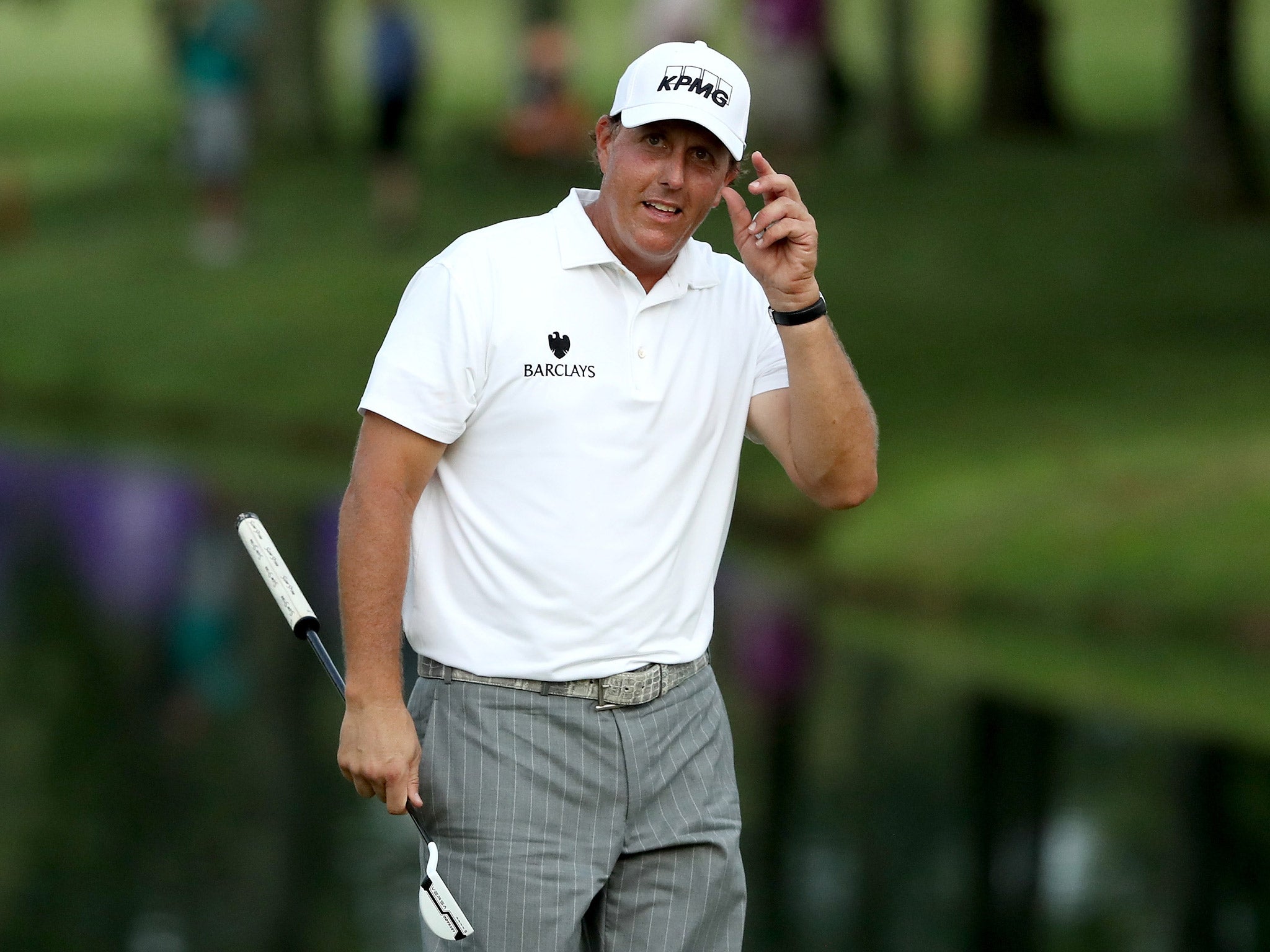They tried, bless them. One by one, Ryder Cup players have shuffled in front of a microphone and tried to fan the flames of warfare. “For one week, they're not my friends,” said Rory McIlroy. “And I want to go and beat them badly.” “A three-day hatred,” was how Justin Thomas described it earlier this year. “I want to take them down,” Ian Poulter said, fixing the room with that same, vaguely psychotic glare he reserves for all living creatures, and occasionally inanimate objects.
The truth, however, is that like good manners, air travel and fish and chips, Ryder Cup beef is really just a pale imitation of what it used to be. Globalisation and the jetset have turned what used to be a genuine and fascinating clash of cultures into a sort of fetishised enmity, one in which its multi-millionaire participants have far more in common than they would probably care to admit. By and large, the Europeans and Americans now all play on the same tour, live in the same gated communities, enjoy broadly the same life experiences. Even the accents are pretty similar these days.
None of which makes it any less compelling, of course, nor any less competitive. But when you see, say, McIlroy and Rickie Fowler duking it out in front of a partisan crowd, you’re aware on some basic level that this is a purely sporting tussle, that in a few days’ time they’ll be back in Jupiter, Florida, knocking back green teas and having a good old chuckle about it all. It’s still pure drama, but one you suspect is being enacted largely for our benefit.
Once upon a time, though, the enmity was real. Long before the War on the Shore at Kiawah Island in 1991, Ryder Cups had the feel of a frontier battleground, one where the usual laws of decorum and good faith seemed not to apply. “We wanted to beat the British in the worst way,” said Gene Sarazen of the early competitions. “They looked upon us Americans as no more than a bunch of caddies.”
As America cemented their dominance either side of the war, interest in the Cup subsided, and yet occasionally tempers would flare. The British were incensed in 1949 when Ben Hogan ordered them to file down the grooves on their irons shortly before the start of play, while in 1969 an exceptionally tempestuous feud between Bernard Gallacher and Dave Hill in front of a jeering Birkdale crowd ended with Hill warning: “If you say one more word I’m going to wrap this one-iron around your head.”
The admission of continental Europe and the rebirth of the Ryder Cup as a genuinely competitive contest in the 1980s ushered in a new era of transatlantic beef. Seve Ballesteros’s reference to the American team as “11 nice guys and Paul Azinger” encapsulated the genuine antipathy between the two sides, which over the next two decades would tap into the growing tide of post-Cold War anti-Americanism in Europe. By the time America were storming the greens at Brookline in 1999, relations between the two sides were pretty much at their nadir.

Another tale from that same competition bears retelling. Not many people remember Jarmo Sandelin these days, but Phil Mickelson certainly does. A few years earlier, at the Dunhill Cup at St Andrews, Sandelin had enraged Mickelson after one hole by grasping his putter like a rifle and pretending to shoot Mickelson dead with it. (Coming just a few months after the Dunblane massacre, it’s safe to say the Scottish crowd were none too impressed either.) Three years later, when the pair were matched in Sunday singles, Mickelson vowed revenge.
On the second hole, Sandelin played a delectable iron shot to three feet, only to discover he had lost the coin he used to mark the ball. As Sandelin approached the ropes to borrow one from a spectator, he was met with a torrent of loose change from a jeering crowd. Suitably thrown, Sandelin missed his put, as Mickelson struggled to contain his mirth. “I told him to f--- off,” Sandelin later remembered.
As recently as 2012 at Medinah, Poulter was declaring his intention to “kill” the Americans, but by now the fleeting attempts to stir the pot came to look less and less sincere. The gradual emigration of most of the best European players to the PGA Tour has eroded the central point of difference between the two sides. Two decades ago at Brookline, only one European player - Jesper Parnevik - had played more than 12 events on the US tour that year. Now, all but one - Thorbjorn Olesen - have. Eight of the European 12 reside permanently or semi-permanently in the US.
Where once the Ryder Cup was a meeting of two tours and two traditions, now it is played between friends and occasionally even neighbours. McIlroy lives alongside Thomas, Fowler, Dustin Johnson and Brooks Koepka in Jupiter. Bubba Watson can count Poulter and Henrik Stenson as fellow residents of Orlando. The best European players are almost as likely to have come through the US college system, like Jon Rahm or Alex Noren, as their American opponents. It’s hard to maintain a sworn enemy, in short, when you keep bumping into them on the school run.
What has emerged instead, then, is what McIlroy describes as a sort of “fake, pseudo-animosity”. As he puts it: “You need to get yourself into a mindset where there is a genuine dislike, but only for that week. We all play together every week, and I genuinely like them all. For one week, however, they’re not my friends.” Once the last putt has been holed or conceded, meanwhile, it is customary for both teams to gather for drinks, reminiscences and often a few more drinks.
“That’s why this week is so special,” says Poulter. “You can be good friends week in, week out. But when it comes to the Ryder Cup, there’s something extra special there.” And even for Patrick Reed, perhaps the most outwardly antagonistic of the American players, it’s a rivalry that stays strictly within limits. “We know how tough it is to beat them,” he says. “But that doesn’t mean there’s hatred. There’s respect.”

It’s just about possible to mourn something lost here, a dying vestige of a slightly giddier world, a time when sporting enmity was more that simply a device to sell television subscriptions. Or maybe, on the other hand, the Ryder Cup has simply entered a maturer, more rational, more pluralistic age, in which its participants freely grasp that you can want to win, that you can crave winning, that you can strain every sinew in your body to achieve it, without threatening to club your opponent around the head with a driving iron.
When Samuel Ryder inaugurated his new competition in the 1920s, he envisioned it not as a vehicle for scuffling, but as “a powerful force that influences the best things in humanity”. Ryder imagined a Cup that would be fought hard but fair, with honour and pride, but ultimately in the spirit of cordiality. Perhaps the events of the next few days will put that theory sternly to the test. But as we stand, the current incarnation of the Ryder Cup is perhaps the closest approximation of Ryder’s vision to date.







